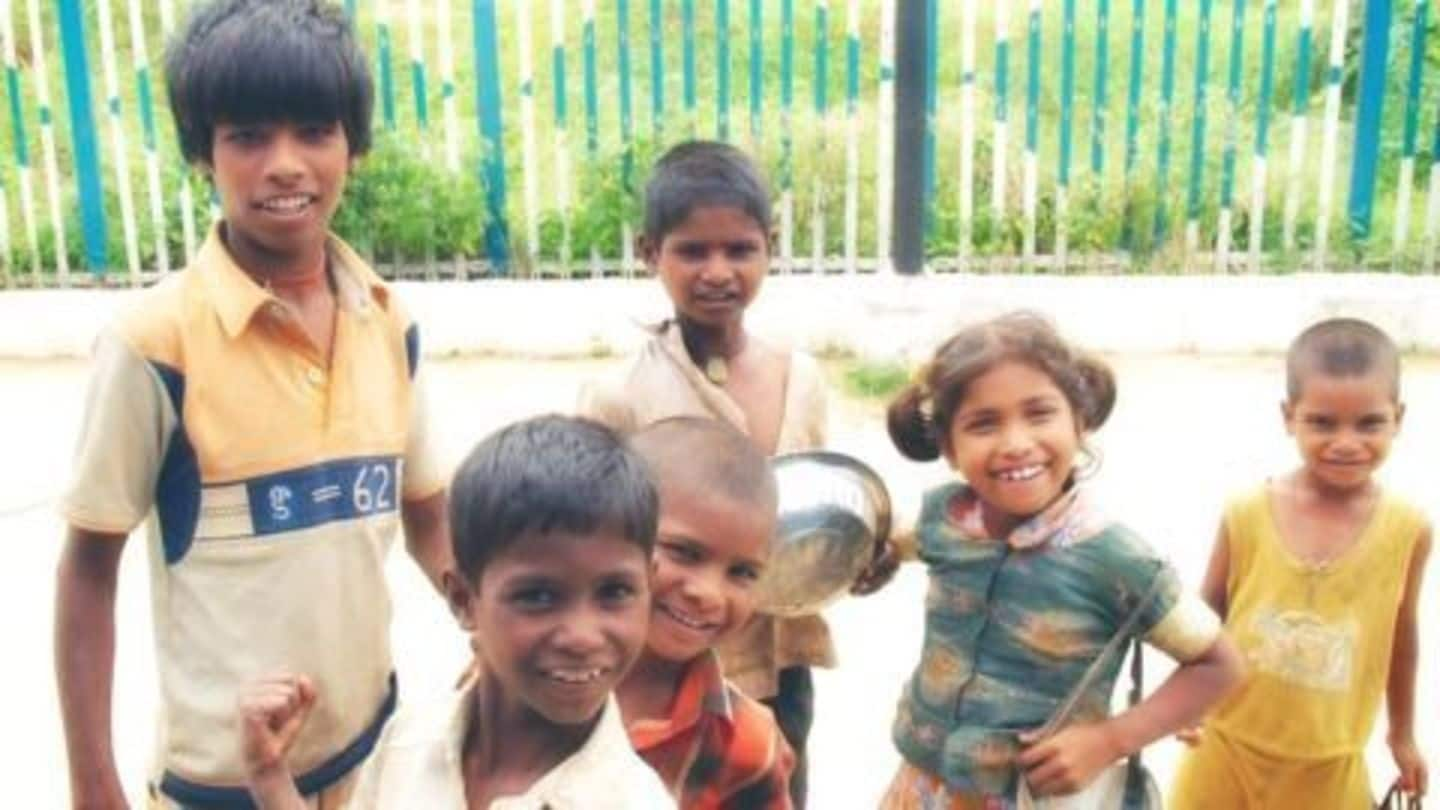
Highest number of out-of-school adolescents in India: UNESCO
What's the story
A joint report by UNESCO Institute for Statistics (UIS) and the Global Education Monitoring (GEM) painted a stark picture of the current scenario education in India.
In India, 47 million adolescents have not made progress to secondary schools.
The report stated India has the world's maximum number of adolescents who are out of school; poverty acts as a significant barrier to education.
UNESCO, GEM
UNESCO, GEM release report on global education scenario
United Nations Educational, Scientific, and Cultural Organization and Global Education Monitoring jointly released a report on the current scenario of primary and secondary education in different countries.
Several nations vowed to achieve completion of primary and secondary education globally by 2030 by adopting Sustainable Development Goals (SDGs).
The report by UNESCO Institute for Statistics and GEM throws light on the immensity of this challenge.
Quote
Ambitious range of targets
UNESCO's report stated: "The new global education goal, SDG 4, covers an ambitious range of targets, including the pledge to 'ensure that all girls and boys complete free, equitable and quality primary and secondary education leading to relevant and effective learning outcomes (by 2030)."
Obstacles, Policies
263 million in 6-17 age group do not attend school
UNESCO Institute for Statistics stated that universally, about 263 million children, adolescents, and youth falling in the age group of 6-17 years are out of school.
The primary obstacle to reaching the goal of universal education is continuous disparities related to gender, location, wealth in education participation, mostly in secondary level.
The report also reviewed individual policy responses to promote admission in secondary schools.
Primary Education
Most number of out-of-primary school children
The scenario of primary education is no better than that of secondary education.
India ranked third on the list of countries which have the most number of children who are out of primary schools while Nigeria and Pakistan occupied the first two places respectively.
UNESCO observed a slight improvement in primary education since 2010 when over 21 million children didn't attend primary school.
Sub-Saharan Africa
Highest rate of exclusion in sub-Saharan Africa
According to UNESCO, the most number of exclusions in education were reported in sub-Saharan Africa.
One-fifth of children in the region falling in the 6-11 years age group do not attend school.
About one-third of the youngsters falling in the 12-14 years age group are out of school; over 60% of youth aged between 15-17 years of age do not go to school.
Quote
UNESCO's statement on girls' exclusion in education
"Girls are more likely than boys to remain completely excluded from education, despite the efforts and progress made. 15 million girls of primary school age will never have the opportunity to learn to read and write in primary school, compared to about 10 million boys."
Barriers
Poverty, armed conflict major barriers to education
Apart from poverty, armed conflicts act as significant barriers to education globally, says the report.
Universally, 22 million or 35% children of primary schooling age live in regions affected by conflict.
The 15-17 years age group is four times likely to be out-of-school compared to other age groups.
According to the report, it is partly because secondary schooling is not compulsory in every country.
Quote
Inclusion from the earliest age
Irina Bokova, UNESCO Director General, stated: "Our focus must be on inclusion from the earliest age and right through the learning cycle, on policies that address the barriers at every stage, with special attention to girls who still face the greatest disadvantage."